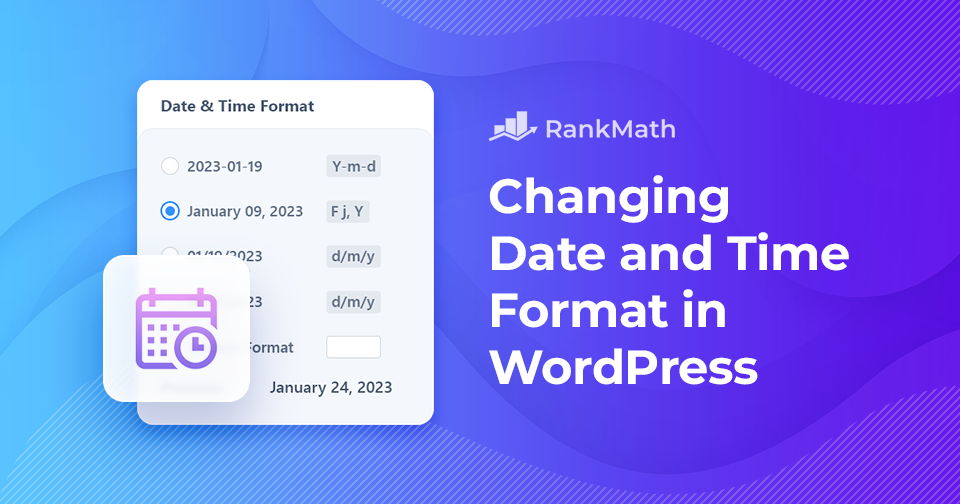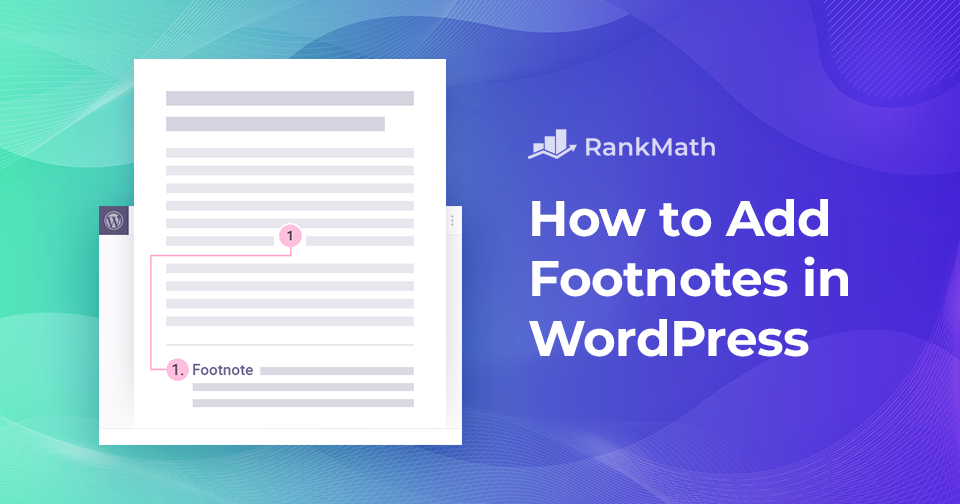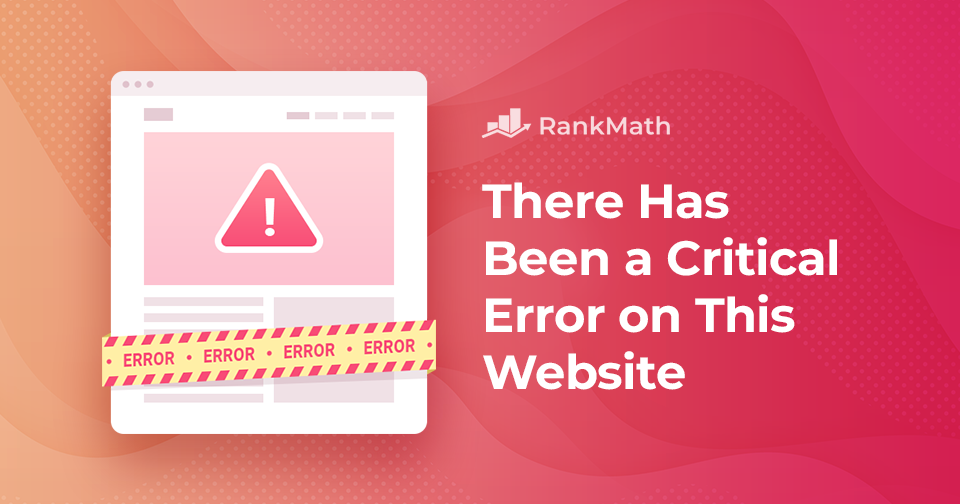How to Easily Add Images in WordPress
Adding images in WordPress is a simple yet powerful way to make your website more engaging and professional. Images grab attention, break up long blocks of text, and help communicate your message more clearly.
They also bring personality to your pages and can simplify complex ideas through visual explanation, making the content easier for readers to follow.
So, how do you add images in WordPress?
Fortunately, WordPress makes the process quick and easy—just a few clicks, and your visuals are live. Whether you’re using the Gutenberg block editor or the Classic editor, this post will show you exactly how to add and align images effortlessly.
Continue Reading




